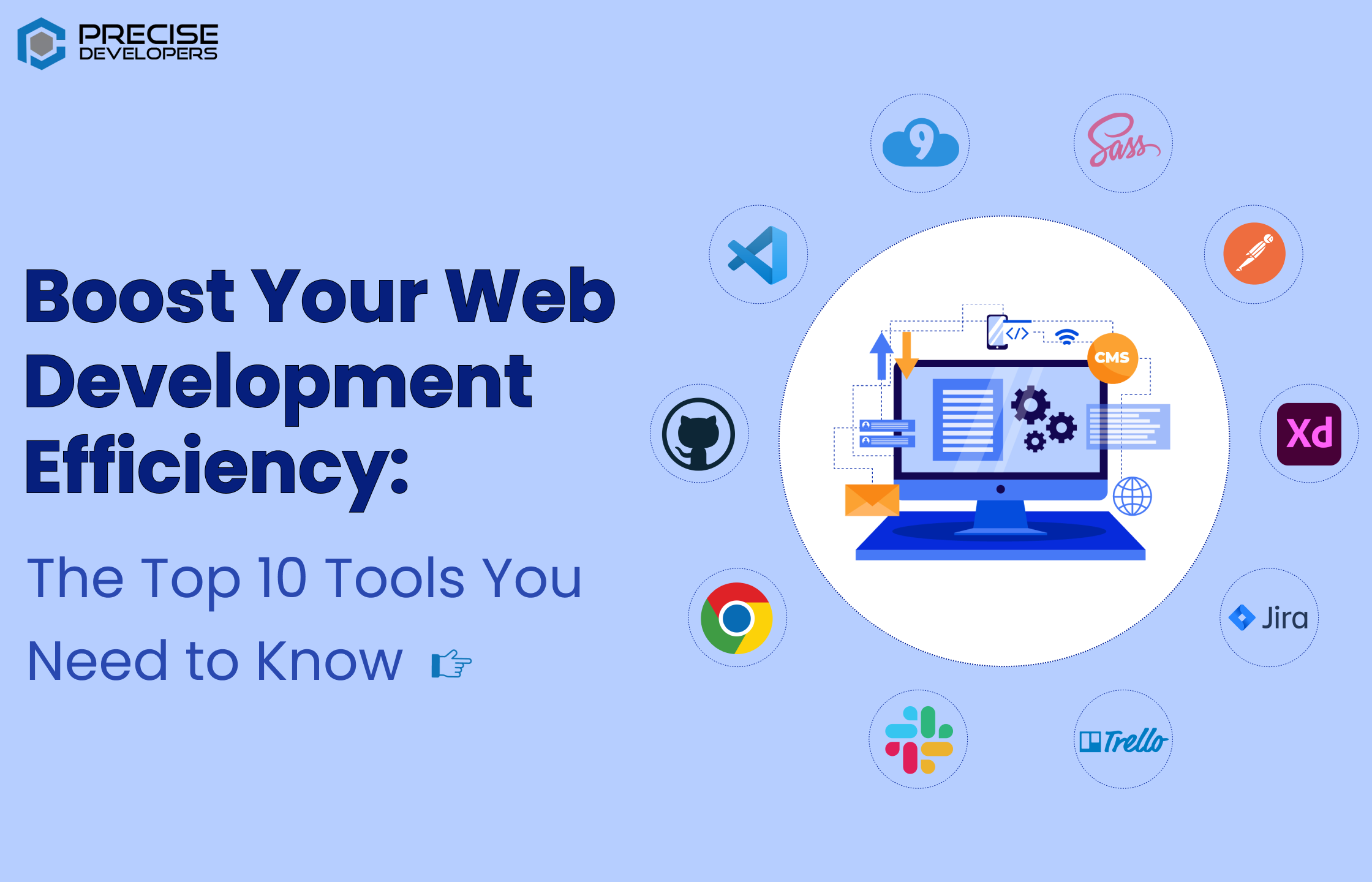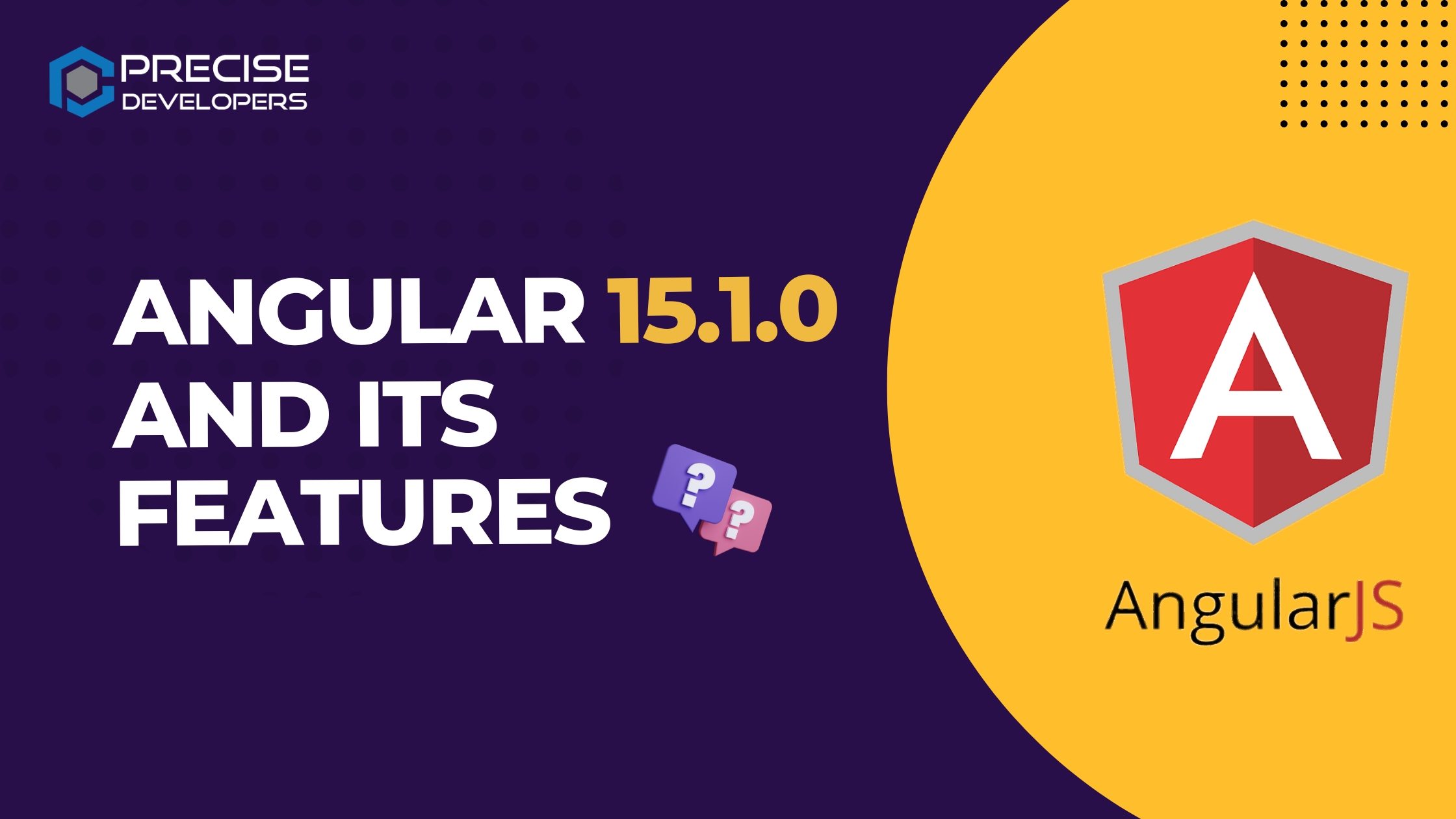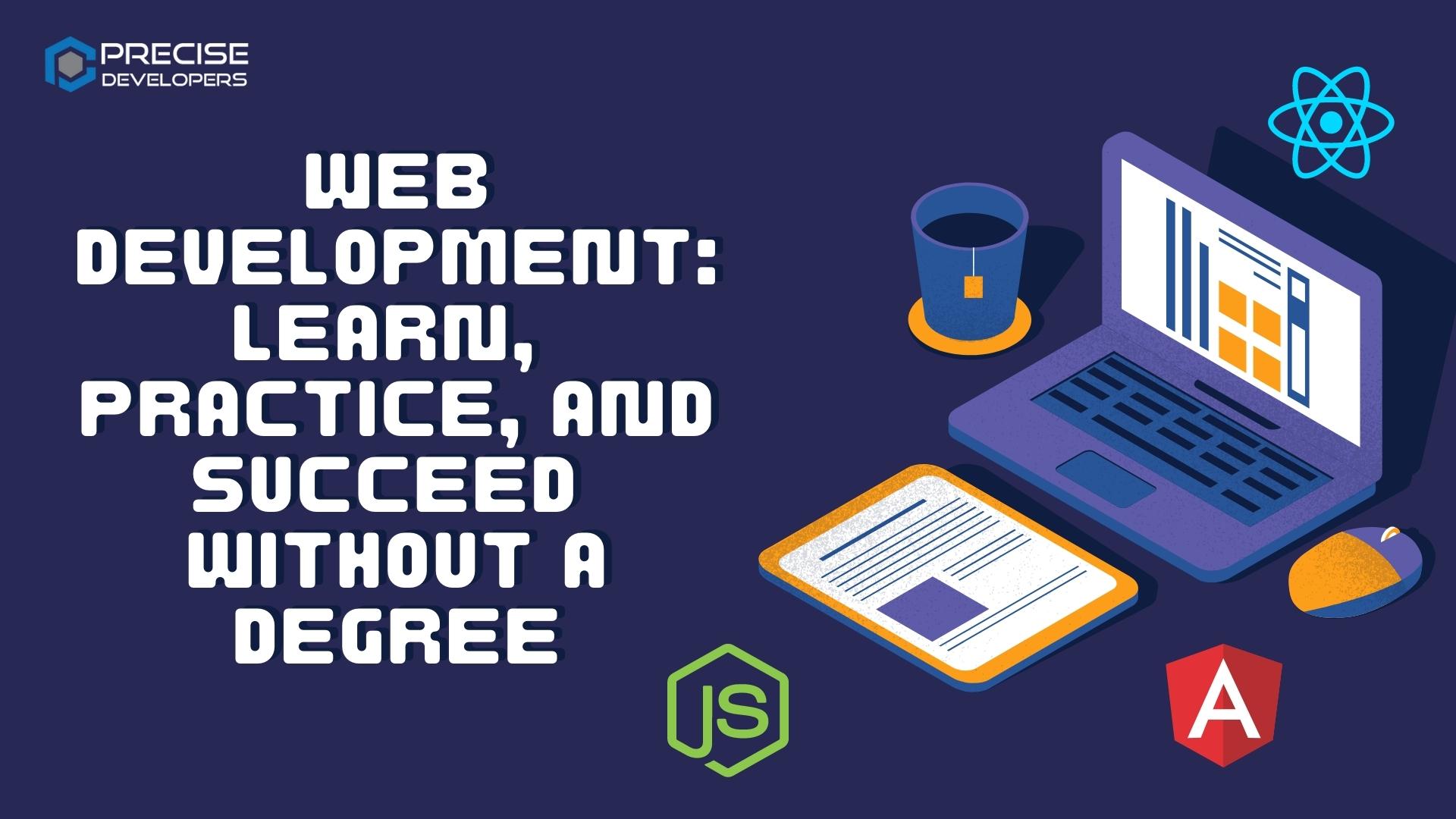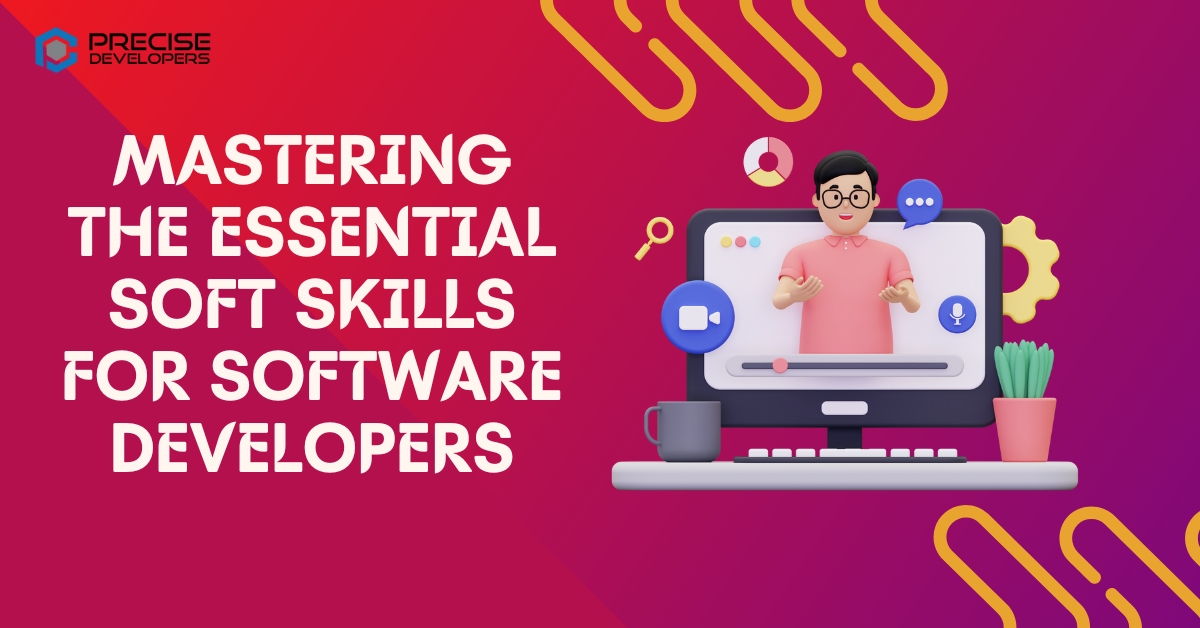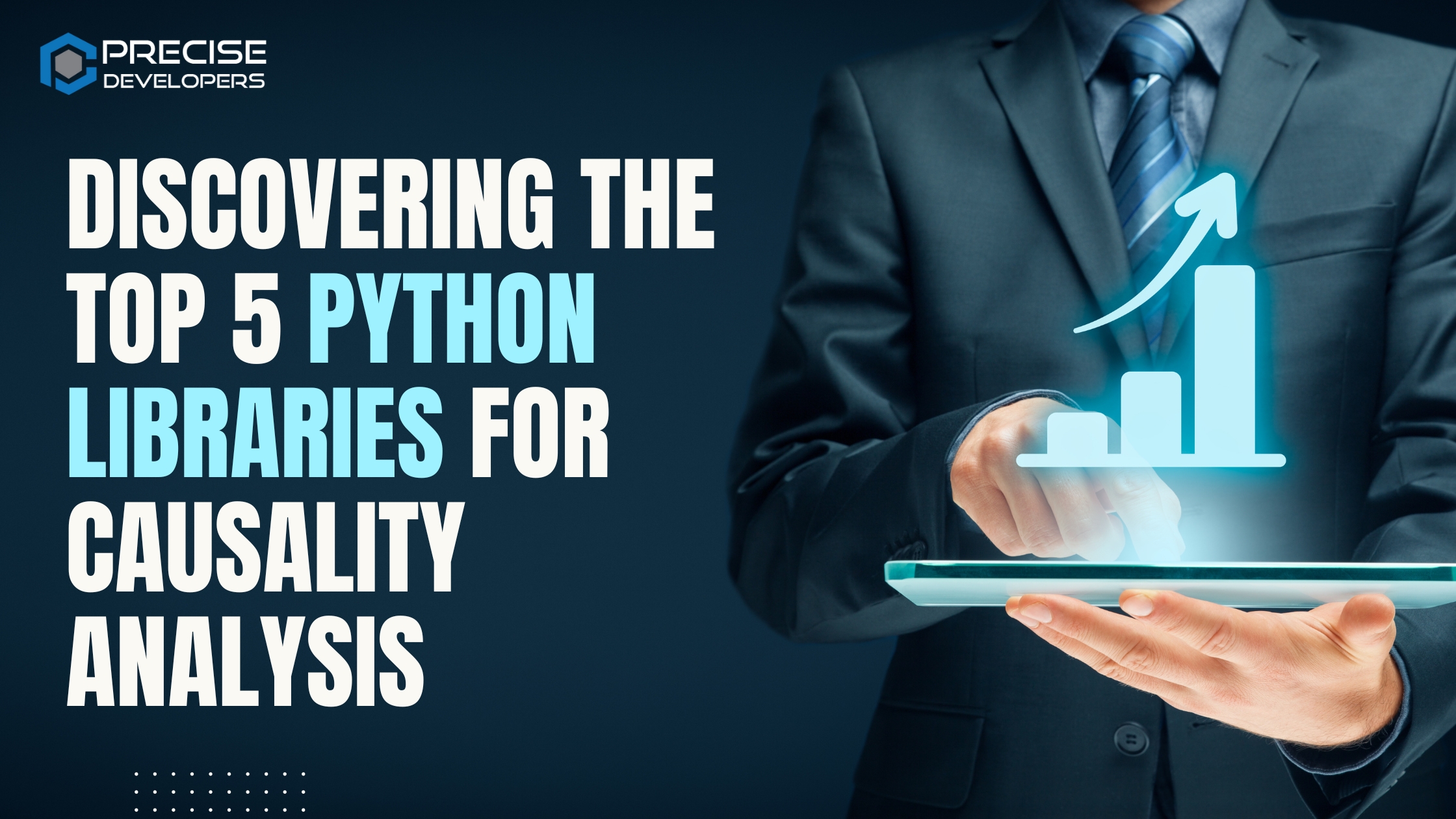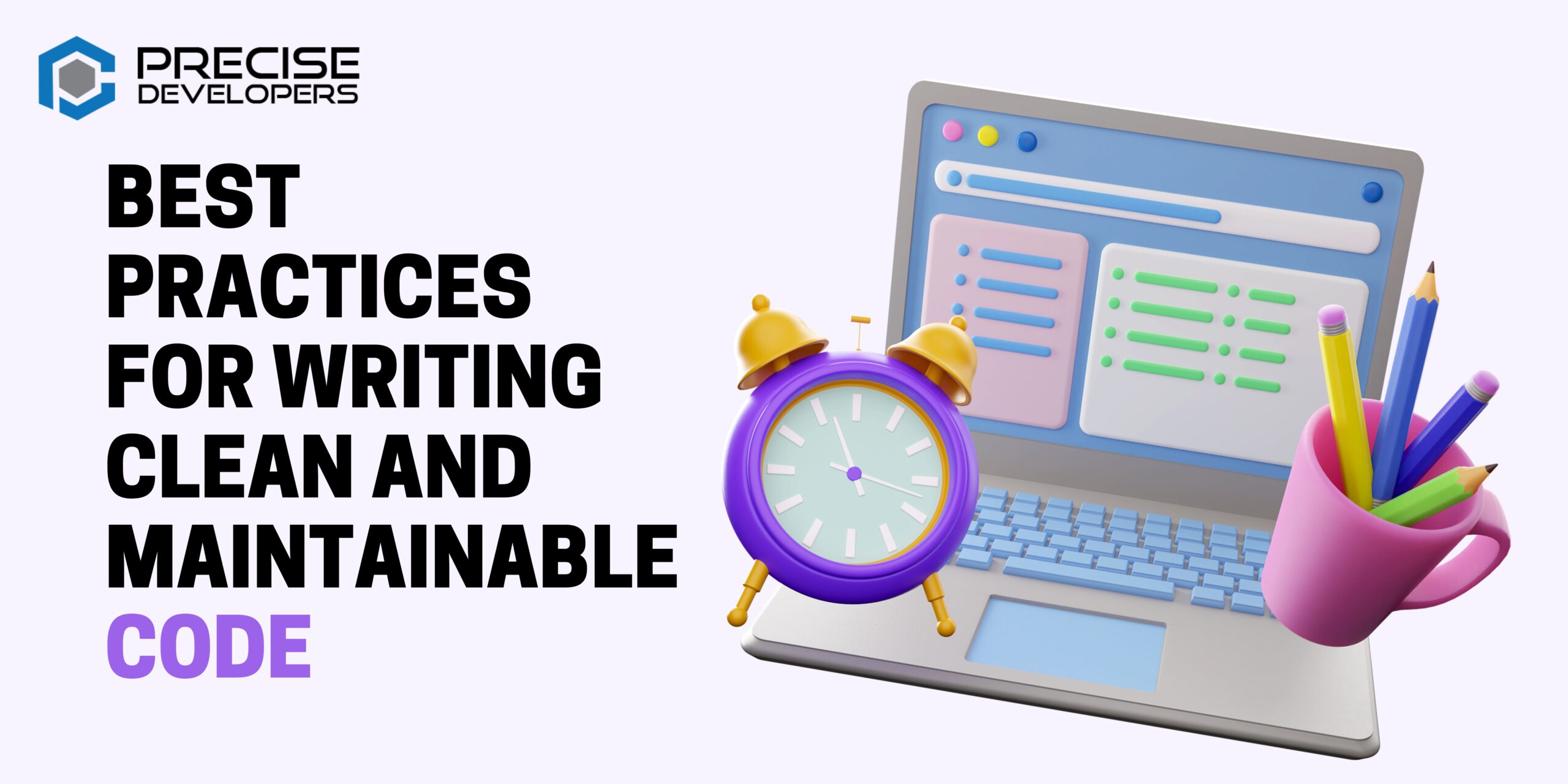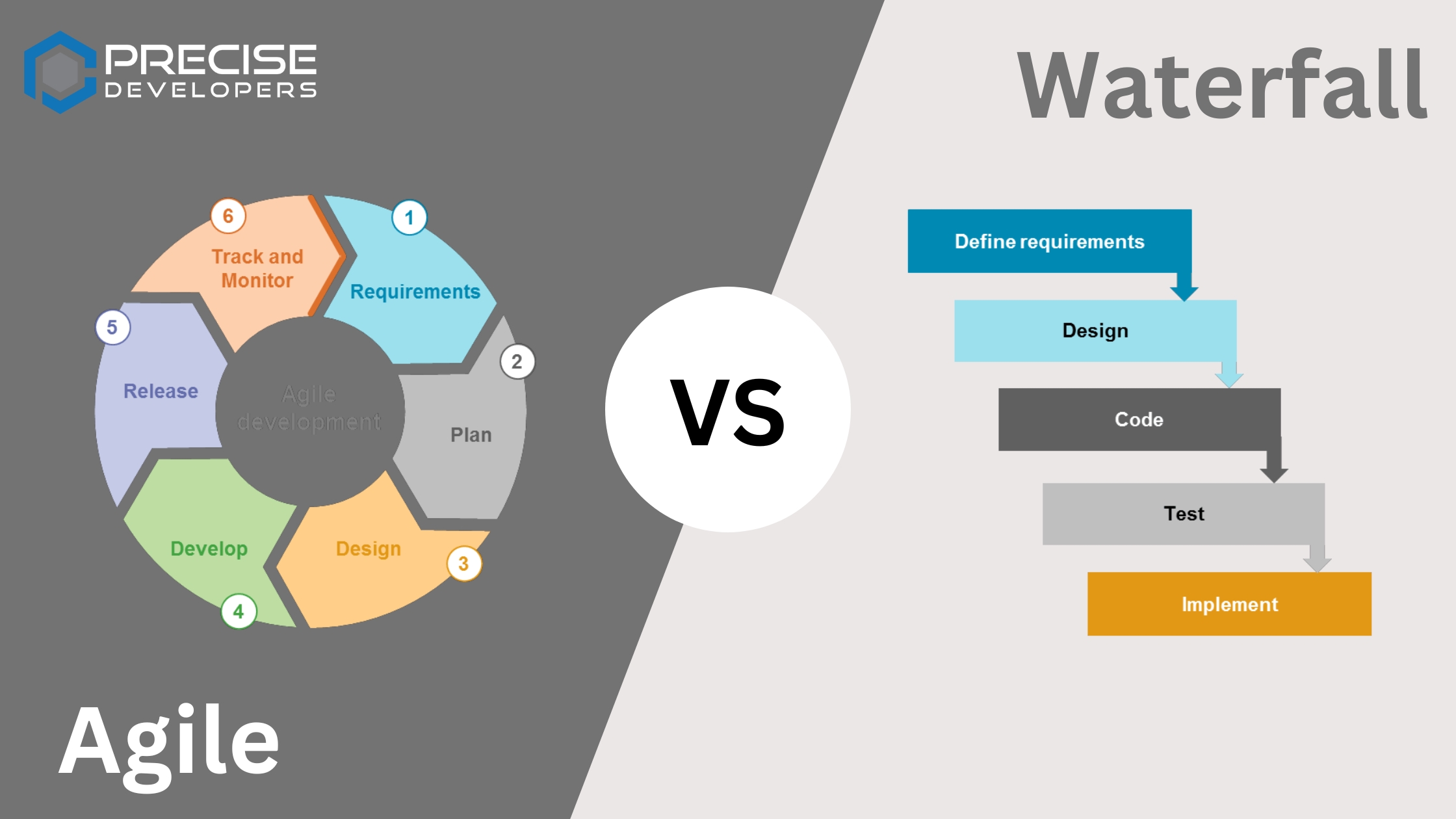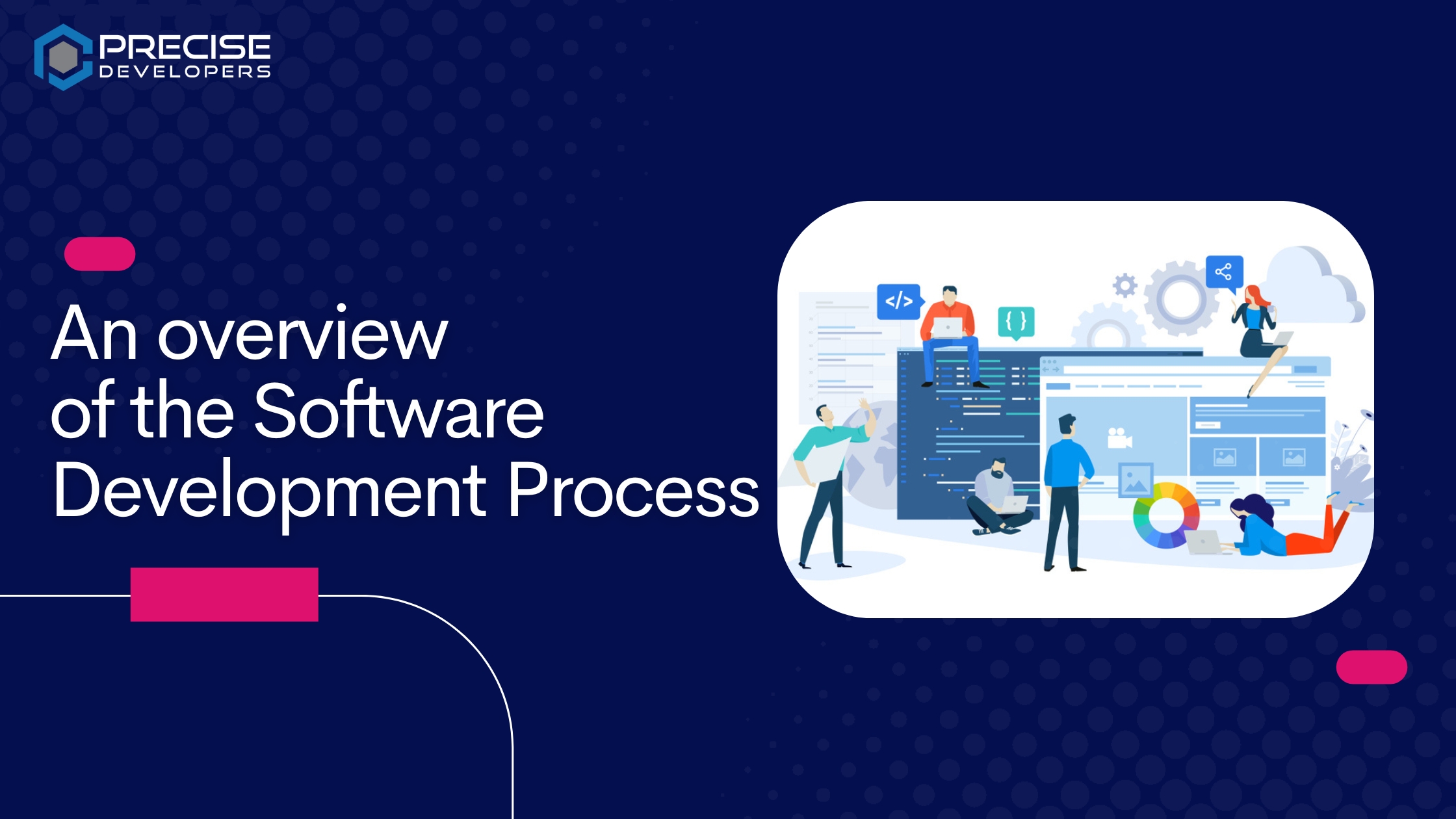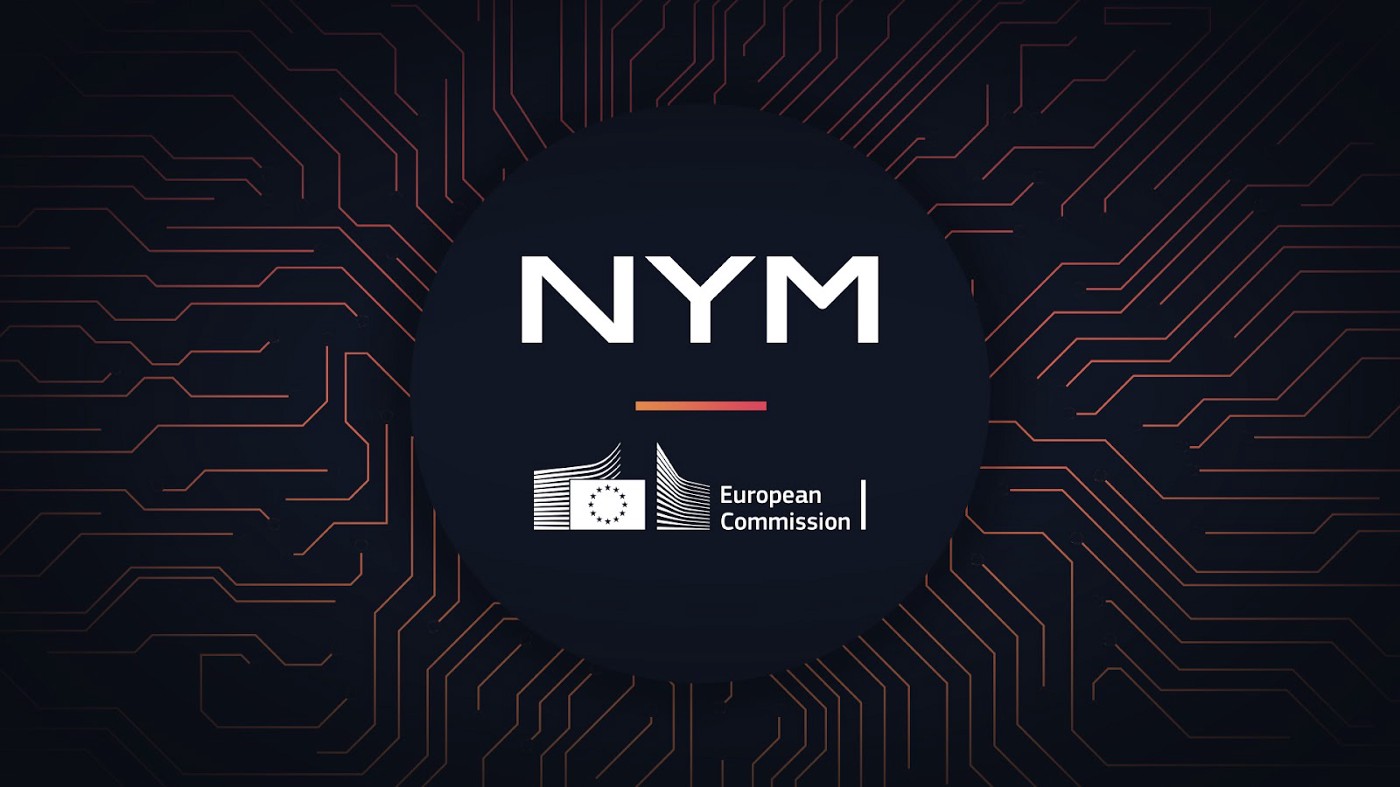Web developers require a variety of tools to build and maintain websites and web applications. From code editors to project management, it’s essential to have the right tools to work more efficiently and productively. In this guide, we’ll highlight the top 10 essential tools for web development. Conclusion: Web development requires a variety of tools to construct and maintain websites and web applications. From code editors to project management, it’s crucial to have the right tools to work faster and more efficiently. In this guide, we’ve highlighted the top 10 must-know web development tools to help you improve your workflow and productivity. If you like this post then you may also like to share the same with your colleagues. Let us know your thoughts on our blogs and on social media posts on Instagram, Facebook, LinkedIn, and Twitter.
Progressive Web Apps, or PWAs, have been gaining popularity in recent years as a new way to create web-based apps that look and feel like native apps. PWAs are web applications that can be added to the home screen of a device, work offline, and have native-like features such as push notifications. One of the main benefits of PWAs is that they provide a better user experience compared to traditional web apps. PWAs are fast and responsive, allowing users to interact with them like a native app even when offline or on a slow connection. They also allow for push notifications, which can help increase engagement and retention. Another benefit of PWAs is that they are easy to create. Unlike native apps, PWAs don’t require going through app stores and can be created using standard web technologies such as HTML, CSS, and JavaScript. This means that web developers can use their existing skills to create PWAs, saving companies time and money. To create a PWA, developers need to follow the following steps: You may like: The Importance of Responsive Web Design: How to Optimize Your Website for Mobile Users In conclusion, Progressive Web Apps (PWAs) are a great way to create web-based apps that look and feel like native apps. PWAs provide a better user experience and can help increase engagement and retention. They are also easy to create using standard web technologies, which can save time and money for companies. By following the steps outlined above, web developers can create PWAs that can improve the user experience and provide a new way for businesses to reach their customers. As more and more companies start to adopt PWAs, it’s important for web developers to learn about this technology and understand how to create them. Progressive Web Apps are the future of web development, unlocking the power of web technologies to create exceptional experiences for users. It’s time for web developers to take advantage of this technology and create PWAs that can help businesses stay competitive and reach new heights. Checkout Our Recent Post: If you like this post then you may also like to share the same with your colleagues. Let us know your thoughts on our blogs and on social media posts on Instagram, Facebook, LinkedIn, and Twitter.
Angular is a powerful and widely-used JavaScript framework for building web applications. As a developer, you know that Angular is known for its ability to create complex and high-performing web apps with ease. The latest version of Angular, 15.1.0, brings new features and improvements to the framework, making it easier and more efficient for developers to build robust applications. In this blog post, we will dive into the key features of Angular 15.1.0 and what they mean for developers. We’ll discuss the latest updates and enhancements to the Angular compiler, faster testing, improved type checking, new features in the Angular CLI, and more. By the end of this post, you will have a clear understanding of what’s new in Angular 15.1.0 and how you can take advantage of these features to improve your development process and build better web applications. Introduction: Angular 15.1.0 is the latest version of the Angular framework and is a minor release that includes bug fixes, performance enhancements, and new features. This release is aimed at improving the developer experience and increasing the overall performance of the framework. Upgrading to Angular 15.1.0 is recommended for all Angular users. Features: Conclusion: Angular 15.1.0 is a minor release that brings several important new features and improvements to the Angular framework. These improvements include faster testing, improved type checking, new features in the Angular CLI, and new features for the core framework. Additionally, Angular 15.1.0 also includes accessibility improvements, which makes it more inclusive. Upgrading to Angular 15.1.0 is highly recommended for all Angular users, as it will help to improve the performance and overall developer experience of their applications. As always, when it comes to a new release it is important to read through the official documentation as it has a complete and more exhaustive list of changes, improvements, and new features. Checkout Our Recent Post: If you enjoyed this post, consider sharing it with your colleagues. We’d love to hear your thoughts on our blog as well as our social media posts on Instagram, Facebook, LinkedIn, and Twitter.
Web development is a rapidly growing field with increasing demand for skilled professionals. While a formal education in computer science or web development can be beneficial, it is not always necessary to become a web developer. With the right skills and knowledge, it is possible to break into the field without a degree. In this blog post, we will discuss the different steps and tips on how to become a web developer without a degree in 2023. Additionally, we will also give an overview of the different types of web developers, such as front-end, back-end, full-stack, mobile, e-commerce, cloud and AI/ML developers, and what they do. Whether you’re just starting out or looking to make a career change, this post will provide valuable insight into the world of web development and how to succeed in it. Learn the basics: It is essential to have a strong understanding of the basics of web development. This includes understanding how the internet works, the basics of programming languages such as HTML, CSS, and JavaScript, and the basics of web development frameworks such as Angular and React. Online resources like Codecademy, FreeCodeCamp, and W3Schools are great places to start learning the basics. Build a portfolio: Having a portfolio of your work is crucial for finding a job as a web developer. It demonstrates your skills and experience, and it can be a powerful tool in landing a job. Use sites like GitHub and CodePen to build your portfolio and showcase your work to potential employers. Participate in coding challenges: Participating in coding challenges and hackathons can help you develop your skills and demonstrate your abilities to potential employers. Websites like HackerRank, CodeFights, and Codewars offer a wide variety of coding challenges for different skill levels. Join a coding Bootcamp: Coding boot camps are intensive, short-term training programs that can help you develop the skills and knowledge needed to become a web developer. Bootcamps typically cover a wide range of topics and are a great way to get a comprehensive understanding of web development. Network: Networking with other web developers, attending meetups, or joining online forums can help you learn about job opportunities and stay updated on the latest developments in the industry. Websites like Meetup, LinkedIn, and Reddit are great places to network and connect with other web developers. Practice: Lastly, practice, practice, practice. The more you work on actual projects and build real-world applications, the more you will learn and improve your skills. Websites like Freelancer and Upwork allow you to bid on web development projects and gain real-world experience. It is important to remember that becoming a web developer is not a one-time accomplishment, but a continuous journey of learning and improvement. The field is constantly evolving, and it’s essential to stay updated with the latest technologies and trends. With dedication, perseverance, and the right skills, it is possible to become a web developer without a degree in 2023. As you gain experience and skills, you may find that you are drawn to certain types of web development. Here is a brief overview of the different types of web developers: Front-end developers: These developers focus on the user-facing aspect of web development and are responsible for the look and feel of a website. They use technologies such as HTML, CSS, and JavaScript to build and design user interfaces. Back-end developers: These developers focus on the server side of web development and are responsible for the functionality and logic of a website. They use languages such as PHP, Ruby, and Python to build and maintain the server-side logic. Full-stack developers: These developers have a comprehensive understanding of both the front-end and back-end of web development. They can work on both the design and functionality of a website. Mobile web developers: These developers focus on building websites and web applications that are optimized for mobile devices. They use technologies such as HTML5, CSS3, and JavaScript to create responsive and user-friendly mobile web experiences. E-commerce developers: These developers specialize in building and maintaining e-commerce websites. They are responsible for integrating payment gateways, managing inventory, and ensuring the security of online transactions. Cloud developers: These developers focus on building and maintaining cloud-based applications and services. They use technologies such as AWS, Azure, and Google Cloud to build and manage scalable and reliable web applications. Artificial Intelligence/Machine Learning Developers: These developers focus on applying AI and machine learning concepts to build and maintain web applications that can process, analyze, and learn from data. No matter which type of web development you choose to specialize in, it is important to continue learning and expanding your skills. Stay updated on the latest technologies and trends, and continue building your portfolio and network. Remember, becoming a web developer is not a one-time accomplishment, but a continuous journey of learning and improvement. With dedication, perseverance, and the right skills, it is possible to become a web developer without a degree in 2023. It’s important to note that it is not essential to have a degree in computer science or web development to become a web developer. With the right skills, knowledge, and experience, it is possible to break into the field and succeed as a web developer. It’s also important to note that web development is a field with a diverse range of specializations that one can take as per their interest. With dedication, hard work, and consistent learning, anyone can become a web developer without a degree in 2023. You may also like: Angular 15.1.0 and its features If you found this post informative and helpful, you may want to share it with your peers. We welcome feedback and opinions on our blog as well as on our social media platforms such as Instagram, Facebook, LinkedIn, and Twitter.
As software developers, it’s easy to get caught up in the technical aspects of your work. After all, coding, debugging, and working with new technologies are all crucial parts of the job. But as important as these technical skills are, they are only one piece of the puzzle. In order to truly excel in your career, it’s essential also to develop strong soft skills. Soft skills, also known as interpersonal or professional skills, are non-technical abilities that are crucial for success in the workplace. These skills include things like communication, collaboration, adaptability, and problem-solving. While they may not be directly related to your technical expertise, they are just as important for your overall success as a software developer. This blog post will delve into the four essential soft skills that every software developer should master. From improving your communication skills to becoming more adaptable and able to solve problems, we’ll provide tips and strategies for developing these valuable abilities. By investing in your soft skills, you’ll be well on your way to unlocking your full potential as a software developer. I. Communication II. Collaboration III. Adaptability IV. Problem-Solving As software developers, it is important to not only have a strong foundation in technical skills, but also to have well-developed soft skills. Soft skills, also known as interpersonal or communication skills, are essential for success in any field, but especially in software development where working in teams and collaborating with others is a critical part of the job. Some of the most important soft skills for software developers to master include effective communication, problem-solving, collaboration, adaptability, and time management. Developing these skills can take time and effort, but the rewards are well worth it. With strong soft skills, you will be able to better understand and work with your colleagues and clients, leading to more successful projects and a more fulfilling career. So don’t neglect your soft skills – take the time to work on them and see the benefits in your personal and professional life. You may also like to see: Discovering the Top 5 Python Libraries for Causality Analysis If you like this post then you may also like to share the same with your colleagues. Let us know your thoughts on our blogs and on social media posts on Instagram, Facebook, LinkedIn, and Twitter.
Causality analysis is a crucial field in statistics and data science, as it allows us to understand the relationship between variables and draw conclusions about how one variable affects another. In Python, there are several libraries that have gained popularity in recent years for performing causality analysis. In this blog post, we will take a look at 5 such growing libraries, along with examples of how to use them: 1. CausalNex CausalNex is a Python library for causal discovery and modeling using Bayesian networks. It utilizes the popular Bayesian network library pgmpy and integrates it with structure learning algorithms from the pymc3 library. CausalNex allows users to perform causal discovery using various methods, such as the PC algorithm and the Fast Causal Inference (FCI) algorithm. It also provides tools for model evaluation and prediction, making it a comprehensive library for causal analysis. Here is an example of how to use CausalNex for causal discovery using the PC algorithm: 2. DoWhy DoWhy is a causal inference library developed by Microsoft Research. It is designed to be simple and flexible, allowing users to perform a wide range of causal inference tasks with minimal code. DoWhy provides implementations of various causal inference methods, including the Potential Outcomes Framework and the Graphical Criteria for Identifiability. It also integrates with popular machine learning libraries such as scikit-learn, making it easy to use in practical applications. Here is an example of how to use DoWhy to estimate the causal effect of a treatment using the Potential Outcomes Framework: 3. EconML EconML is a library developed by Microsoft Research for causal machine learning in economics. It provides a range of methods for estimating treatment effects, including the popular Double Machine Learning (DML) and Generalized Random Forests (GRF) algorithms. EconML also includes tools for evaluating and visualizing the results of treatment effect estimates. Here is an example of how to use EconML to estimate the treatment effect using the DML algorithm: 4. CausalImpact CausalImpact is a library developed by Google for analyzing the causal effects of events on time series data. It uses a Bayesian structural time-series model to estimate the counterfactual trend, i.e., the trend that would have occurred in the absence of the event. CausalImpact allows users to analyze the impact of events such as marketing campaigns, policy changes, and natural disasters on time series data. Here is an example of how to use CausalImpact to analyze the impact of a marketing campaign on website traffic: 5. CausalML CausalML is a library developed by the Uber AI team for estimating treatment effects in machine learning applications. It includes implementations of popular causal inference methods such as DML and GRF, as well as newer methods such as the Uplift Random Forest. CausalML also includes tools for evaluating and comparing the performance of different treatment effect estimation methods. Here is an example of how to use CausalML to estimate the treatment effect using the DML algorithm: In conclusion, Python has a range of growing libraries for performing causality analysis, each with its own set of features and strengths. Whether you are interested in causal discovery, treatment effect estimation, or analyzing the impact of events on time series data, one of these libraries is likely to have the tools you need. You may also like: Best practices for writing clean and maintainable code If you like this post then you may also like to share the same with your colleagues. Let us know your thoughts on our blogs and on social media posts on Instagram, Facebook, LinkedIn, and Twitter.
As a software developer, one of your primary goals should be to write code that is easy to understand, maintain, and modify. Not only does clean code make your own job easier, but it also helps other developers who may work on the same project in the future. Here are some best practices to follow when writing clean and maintainable code: Use descriptive and meaningful names for variables, functions, and other identifiers. This makes it easier to understand the purpose of each piece of code. Follow a consistent style guide. This can help ensure that your code is easy to read and follow and make it easier to integrate code written by other developers. Use comments to explain your code. While you should aim to write code that is self-explanatory, sometimes it is helpful to include a brief explanation of why you wrote certain code in a particular way. Break up your code into smaller, modular pieces. This makes it easier to understand and modify specific parts of your code. Write tests to ensure that your code is correct and remains correct after any changes are made. Use version control to track changes to your code. This can help you to revert to previous versions if necessary, as well as making it easier to collaborate with other developers. Document your code. In addition to writing comments within your code, it can be helpful to create separate documentation that explains the overall design and purpose of your code. This can make it easier for other developers to understand and work with your code. You may also like: Do you know MySQL has Blackhole? In conclusion, writing clean and maintainable code is an important skill for any software developer. It helps to ensure that your code is easy to understand, modify, and maintain, which can save you time and effort in the long run. By following best practices such as using descriptive and meaningful names, following a consistent style guide, using comments to explain your code, breaking up your code into smaller, modular pieces, and writing tests to ensure correctness, you can write code that is of high quality and easy to work with. Remember to always strive to improve the readability and maintainability of your code, and it will pay off in the long run. Our 5 Top Trending Blogs : Follow us on Medium: https://medium.com/@jagdish.precise
Agile and Waterfall!! When it comes to software development, there are many different approaches and methodologies that teams can use to plan, design, and build software products. Two of the most popular methodologies are Agile and Waterfall. Agile and Waterfall Agile is a flexible, iterative approach to software development that emphasizes adaptability and the ability to quickly respond to change. Agile methodologies, such as Scrum and Extreme Programming, focus on delivering small increments of working software regularly and involve close collaboration between the development team and the customer. Waterfall, on the other hand, is a more structured and linear approach to software development. In the Waterfall model, development is broken down into distinct phases, and progress flows in one direction, like a waterfall. The Waterfall model is often associated with more traditional, large-scale software development projects, and is known for its predictability and clear roles and responsibilities. In this blog, we’ll delve into the key differences between Agile and Waterfall, and explore the pros and cons of each approach. We’ll also discuss when it might be appropriate to use one approach over the other, and how Agile and Waterfall can be combined or adapted to fit the needs of a specific project or team. Agile software development: Agile is a set of values and principles for software development outlined in the Agile Manifesto. The Agile Manifesto emphasizes the following values: These values are reflected in various Agile methodologies, such as Scrum, Lean, and Extreme Programming. Scrum is a popular Agile methodology that is widely used in software development and other fields. It is based on the idea of “sprints,” or short, focused periods of work during which a specific set of tasks is completed. At the end of each sprint, the team demonstrates the working software they have produced and adjusts their plan for the next sprint based on feedback from the customer. Lean is another Agile methodology that is based on the principles of the Toyota Production System. It emphasizes continuous improvement, waste reduction, and the delivery of value to the customer. Extreme Programming (XP) is an Agile methodology that is focused on delivering high-quality software through collaboration, communication, and frequent feedback. It involves practices such as pair programming, in which two developers work together on the same piece of code, and continuous integration, in which code is regularly integrated and tested to identify and fix issues early on. Pros of using Agile: 👍 There are several benefits to using an Agile approach to software development: Cons of using Agile: 👎 There are also some potential drawbacks to using an Agile approach: Waterfall software development: The Waterfall model is a traditional, linear approach to software development. It is based on the idea of completing one phase of the project before moving on to the next. The phases of the Waterfall model typically include: In the Waterfall model, progress flows in one direction, like a waterfall, and there is little overlap between the phases. This can make it more difficult to go back and make changes once a phase has been completed. Pros of using Waterfall: 👍 Cons of using Waterfall: 👎 When to use Agile or Waterfall: There is no one-size-fits-all approach to software development, and the right methodology will depend on the specific needs and constraints of the project. Some factors to consider when deciding between Agile and Waterfall include: Hire a team of experts: https://precisedevelopers.com/hire-mern-stack-developer/ If you like this post let us know what would you want us to post next in the comment section also help this post reach more and more people via our social media accounts on Instagram, Facebook, Twitter, and LinkedIn.
Welcome to our blog on the software development process! In this post, we’ll be taking a high-level look at the steps that are typically followed when creating a software product. Whether you’re a software developer or just interested in the field, understanding the software development process can be helpful in understanding how software is created and how it evolves over time. The software development process is the series of steps that a team follows to create a software product. While every organization has its own specific process, there are some common stages that are followed in most software development projects. These stages include planning, design, testing, and deployment. Planning: This is the first stage of the software development process, where the project goals and objectives are defined. The team works with the client to gather requirements and define the scope of the project. A project plan is created that outlines the timeline, budget, and resources needed for the project. Design: In this stage, the team works on designing the architecture and user interface of the software. They create wireframes and prototypes to visualize how the software will look and function. The design stage also includes developing a database schema and choosing the technologies that will be used to build the software. Testing: Once the software has been developed, it goes through a thorough testing process to ensure that it is free of bugs and defects. There are different types of testing that can be performed, including unit testing, integration testing, and acceptance testing. The goal of testing is to identify and fix any issues before the software is released to the public. Deployment: After the software has been thoroughly tested and any issues have been resolved, it is ready to be deployed. This typically involves installing the software on servers or hosting it in the cloud and then making it available to users. The deployment process may also include creating documentation and providing training to users on how to use the software. This is just a high-level overview of the software development process. There are many other tasks and activities that may be involved depending on the specific project and team. However, these four stages – planning, design, testing, and deployment – are common to most software development projects. You may also like to see: Laravel Tips & Tricks for Carbon and Time and How to Build real-time applications with Node.js and WebSockets? Here are Live examples to illustrate each stage of the software development process: Planning: Design: Testing: Deployment: I hope these examples help to illustrate the stages of the software development process. Keep in mind that these are just a few examples and the specific tasks and activities involved in each stage can vary greatly depending on the project and team. If you like this post let us know what would you want us to post next in the comment section also help this post reach more and more people via our social media accounts on Instagram, Facebook, Twitter, and LinkedIn.
Nym has released a new Typescript SDK to create apps that can use the Nym mixnet and coconut credentials quickly. The recently updated version of NymSDK version is 1.1.4. allows you to send data over the Nym Mixnet with ease from browser-based applications. Introducing the very first browser plugin that allows you to take full advantage of mixnet privacy powers! With this plugin, you can easily and directly access all the features and benefits of mixnets from your browser window. Any application that works from a browser or embeds a WebView can use this SDK to send data through the Nym mixnet. It offers this benefit from the network layer privacy protection. This also includes client-side apps that use Electron, React Native, or Tauri frameworks (anything that can execute WebAssembly). If you are a Javascript or TypeScript developer and would like to give things a try to see how it works, you may check the same on this GitHub repository for examples of how to use the SDK. Here’s a basic chat web app example where texts are sent through the Nym mixnet to the receiving party. Try running it between yourself and a friend or in two browsers! If you’re interested in understanding how it works, you can find the code here. They are currently working on reply SURBs, which will allow users to reply to the sender without knowing their address. They are also working on a version that works with NodeJS and native workers, so you can use the mixnet from your Express web app or a CLI. You may experiment with the current version and watch the NPM for upgrades and we will be keeping an eye on what kind of apps people will be building with this client. If you like this post you may follow us for such posts on Instagram, Facebook, Twitter, and LinkedIn.
Nowadays every developer has their own set of sources, bookmarks, and suggestions for any kind of technical problems. As a development company, we want every developer should have access to these life-saving websites. We have listed down a few of them to help you with your daily troubles. | codeimg.io At codeimg, you have access to digitally share attractive snippet code graphics for any programming language. Also with the snippet, you get the option to change the colors, typeface, and other aspects of a sample picture. | emaildrop.io At Emaildrop, you can get mail from a previous email address and also create a throwaway email address. If you would like, you may also obtain a new email account and receive limitless emails. | cheatography.com Cheatography is a collection of cheatsheets for several programming languages. It also includes a cheat sheet for practically all language modules and libraries. Not only does it provide programming cheatsheets, but it also contains gaming, home, software education, and many more amazing cheatsheets. | type-scale.com Type Scale is a great tool for helping you visualize the differences between font color, size, and REM values. The real-time preview is extremely helpful, and we recommend giving it a try! | canva.com Canva is an excellent website for developers who wish to create designs, as it is packed with features – as illustrated in the image provided. We find it particularly useful for creating design templates for blogs, documents, or a profile. | devdocs.io DevDocs.io is an open-source, single-page tool that allows you to search documentation for all common programming languages and frameworks, both online and offline. What’s included: A lightning-fast method for searching documentsWorks even when you are not connected to the internetAll of the documents may be found in one spot | indiehackers.com IndieHackers is a community of developers and entrepreneurs who are building profitable online businesses without raising capital. Visit this website if you want to connect with people who have launched or are launching successful online businesses. | leetcode.com Leetcode is a website made to help people study and prepare for software engineering interviews by providing coding practice problems and sharing user experiences. If you want to get better at solving the types of issues you’ll see in an interview or want to hear about other people’s interview experiences in software engineering, then Leetcode is a great resource for you. If you like this post let us know with your comments and likes and also follow us on our social media accounts!
Now let’s take a look at the most popular transformation about the SQL. 1. Correlation This transformation creates every possible pair from the numeric columns in your table and run CORR() SQL function. It’s would rather be simple, but i think that writing the SQL for every single pair is very much time consuming. Hence it makes sense that the users can save their time by using SQL generator. 2. Clean The Clean transformation is a combination of the rename, cast, filter and impute. It allows you to do transformation to each columns of your data. 3. Join Now when this transformation came in the list everyone would be like its common and easy to configure but that might be you will be writing this since years. Unless you’ve been connected to Rasgo to your data warehouse, the SQL generator will have no visibility into real database, For which you would require to configure the table structured. However, You can setup as many tables as you would like and then you can later on use the interface setup your joins and have the SQL write it for you. 4. Pivot The pivot is the most popular transformation in SQL there is no doubt in it. Pivot is difficult to use as with every RDBMS it has slight different syntax. 5. Aggregate Aggregate is the most popular transformation in the SQL transformations. Its interface lets you select multiple types of aggregations and generates the SQL for you. Although some RDBMS have been neglected to add the popular functions like MEDIAN and MODE, Which does make the SQL confusing. Hope you like this ! Let me know which kind of blogs would you like to see and i can post such blogs every week on this page.

